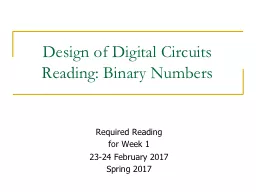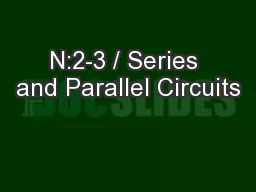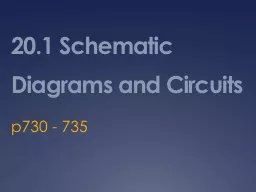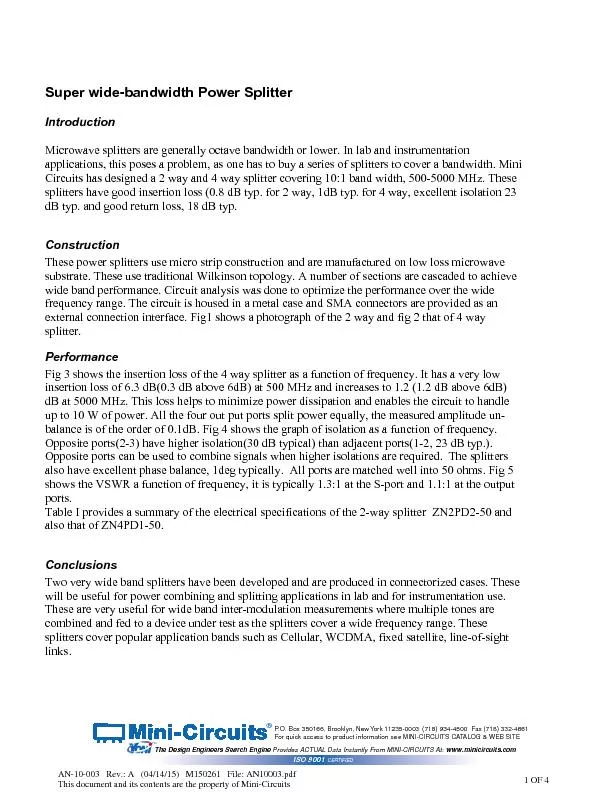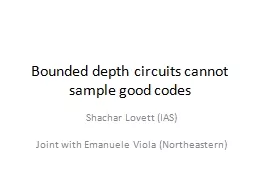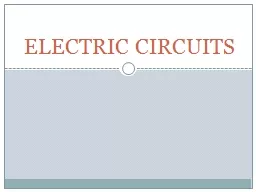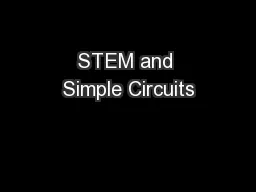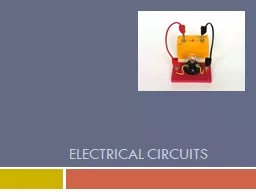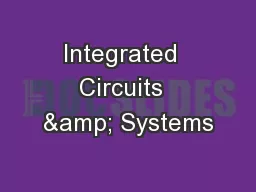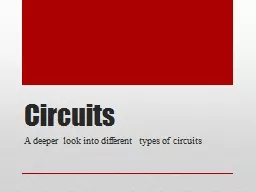PPT-Design of Digital Circuits
Author : taxiheineken | Published Date : 2020-10-22
Reading Binary Numbers Required Reading f or Week 1 2324 February 2017 Spring 2017 Binary Numbers In This L ecture How to express numbers using only 1s and 0s
Presentation Embed Code
Download Presentation
Download Presentation The PPT/PDF document "Design of Digital Circuits" is the property of its rightful owner. Permission is granted to download and print the materials on this website for personal, non-commercial use only, and to display it on your personal computer provided you do not modify the materials and that you retain all copyright notices contained in the materials. By downloading content from our website, you accept the terms of this agreement.
Design of Digital Circuits: Transcript
Download Rules Of Document
"Design of Digital Circuits"The content belongs to its owner. You may download and print it for personal use, without modification, and keep all copyright notices. By downloading, you agree to these terms.
Related Documents

